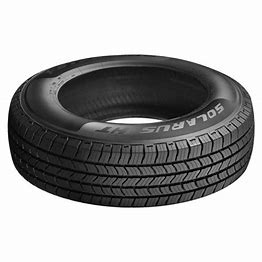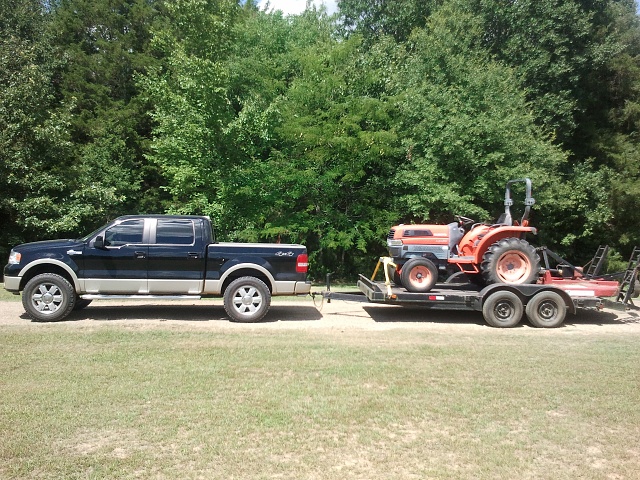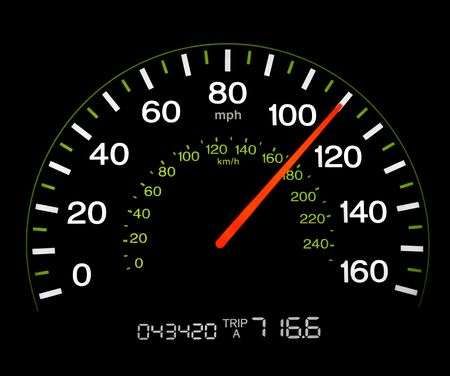What Does 116T Mean on a Tire?
If you ever hear someone tell you “tires are tires” don’t listen. There are a wide variety of tires and many have variations that make them better for certain types of vehicle. Generally written on the sidewall of the tire you will find various specifications.
In this post we will address the answer to the question in the title but we will also try and teach you more about the other letters and numbers you will find written on your vehicle's tires.
What Is the Tire Wall?
As we are discussing the writing found on the sidewall of a tire we probably should expand a little about what that part of the tire actually is. The tire sidewall is the area from the tread inwards to what is known as the bead of the tire.
This is essentially the smooth area of rubber that moves in trom the treads to where the rubber meets radials. It forms a protective shield over the radial cord body. In the case of run flat tires this side wall is reinforced with steel to keep it rigid.
What Does 116T Mean on a Tire?
Having established what the side wall is we will turn to the question at hand - what does this 116T designation mean with regards to the tire? It is actually quite simple: it refers to the load index number as it relates to the traction of all terrain tires.

Okay maybe that's not that simple so bear with me a little while longer while we look more deeply into what rating means on tires. Hopefully this will be a helpful article to assist you in choosing the right replacement tires for your vehicle.
The Information on Tire SideWalls
So let's discuss all those codes and numbers printed on the sides of your tires. These are important pieces of information that can tell you the capacity of the tires. When you know what the tires can handle you will have a better idea of how useful they will be for your vehicle.
The collective ratings found on the side wall are known as the tire service descriptions and consist of three main parts. These three parts are load index, load range and speed ratings. It should be noted that these ranges do not always appear on all tires.
Alphanumeric codes are used to denote these ratings, for example 116T. This gives us two important pieces of information regarding the tires performance. It indicates how much weight the vehicle's tires can take while still running safely at the maximum speed you would be driving a car.
So let's get a little deeper and learn more about the three main ratings starting of course with the load Index.
Load Index
So back to the load index which as mentioned is connected to that 116T you were asking about. The tire load index is a numerical code that indicates the maximum weight capacity of your tire. This is measured either in pounds or kilograms and refers to the maximum weight with regards properly inflated tires.
Essentially speaking the higher the load index number on your tire the more weight it can carry. The average passenger car tire has a tire load index that ranges from 75 – 100 although in some cases the number may be higher.
When you find yourself in need of replacing a tire it is important that you check this tire load index on the factory fitted tires. If you bought the vehicle second hand and the tires are not factory originals you may want to research the ratings for your specific make and model of car.

Ultimately the important thing is that you ensure that the tires on your vehicle have at least the minimum tire load index of the original tires. The manufacturers tested their cars and know the weight so they will have put the most suitable tires on already. Replace them with tires that have the same ratings.
If you were to replace all the tires with ones with a lower load index than the original you run the risk that the weight of the car alone could cause damage or strain to these new cars. A tire blowing out at high speed would certainly give you a bad day.
Now it is important to note that the numbers on the tire are not actually the numeric weight. They refer to specific weights but it is more of a code. This will become more clear in the table below.
Hopefully the above table will help you determine the load weight of your tires. You will note then that the 116T on a tire indicates it can hold up to 2,756 lbs. or 1250 kg. This would mean over four tires the maximum load weight would be 11,024 lbs. or 5,000 kg.
Speed Ratings
So having found insight into the 116 portion of 116T you are probably wondering what is that T all about? Well wonder no more as I am here to help you out. This alphabetic part of the code is connected to the speed rating of the tire.
It essentially is the maximum speed you can safely drive on these tires. Some tires are best used at low speeds while others are designed to deal with the extra stress caused by higher speed. The alphabetic range refers to specific top speeds and is labeled from L – Z.

The higher the letter is in the alphabet the greater the top speed that the tire can handle. In the below table we will look at these letters and their associated speeds. We will also decode the maximum weight and speed that the 116T rating denotes on a tire so read on.
You will likely notice that up to the letter H the rating increases by 6 mph or 10 kph each letter. After this the rating jumps up in larger increments until we get to Z. The Z rated tires are designed to handle the top speed of high performance road vehicles so there really isn’t a top end with those.
As mentioned I did promise to clarify the 116T code a little so here go. The 116T code indicates that the top load weight of all four tires together is 11,024 lbs. or 5,000 kg and the top speed rating T allows for speeds of 118 mph or 190 kph.
You of course should not be hitting speeds of 118 mph or 190 kph out on public roads as this is obviously not legal but the tires could handle it.
Conclusion
Hopefully you now understand the load index and load speed ratings and how they pertain to the code on your tire. The number is associated with a specific weight in pounds or kilograms. In the case of 116 this is 2,756 pounds or 1250 kilograms per tire.
It should be noted that this is the maximum weight and although the tires can carry this it does not mean that prolonged journeys carrying this much overall weight does not put the tires at risk. So be aware of not overloading your vehicle for extended periods of time.
The T portion of the code refers to the speed rating which in this case is 118 mph or 190 kph as a maximum. Again the tires can handle speeds up to this limit but sustained high speeds will still cause stress on the tires.
You now know the maximum limits for weight and speed with 116T tires. If you need more you will need tires with higher ratings. Of course you now have two charts to help you pick the best tire for your needs.
Link To or Reference This Page
We spend a lot of time collecting, cleaning, merging, and formatting the data that is shown on the site to be as useful to you as possible.
If you found the data or information on this page useful in your research, please use the tool below to properly cite or reference Tow Ratings as the source. We appreciate your support!
-
<a href="http://towratings.net/blog/what-does-116t-mean-on-a-tire/">What Does 116T Mean on a Tire?</a>
-
"What Does 116T Mean on a Tire?". Tow Ratings. Accessed on April 27, 2024. http://towratings.net/blog/what-does-116t-mean-on-a-tire/.
-
"What Does 116T Mean on a Tire?". Tow Ratings, http://towratings.net/blog/what-does-116t-mean-on-a-tire/. Accessed 27 April, 2024
-
What Does 116T Mean on a Tire?. Tow Ratings. Retrieved from http://towratings.net/blog/what-does-116t-mean-on-a-tire/.